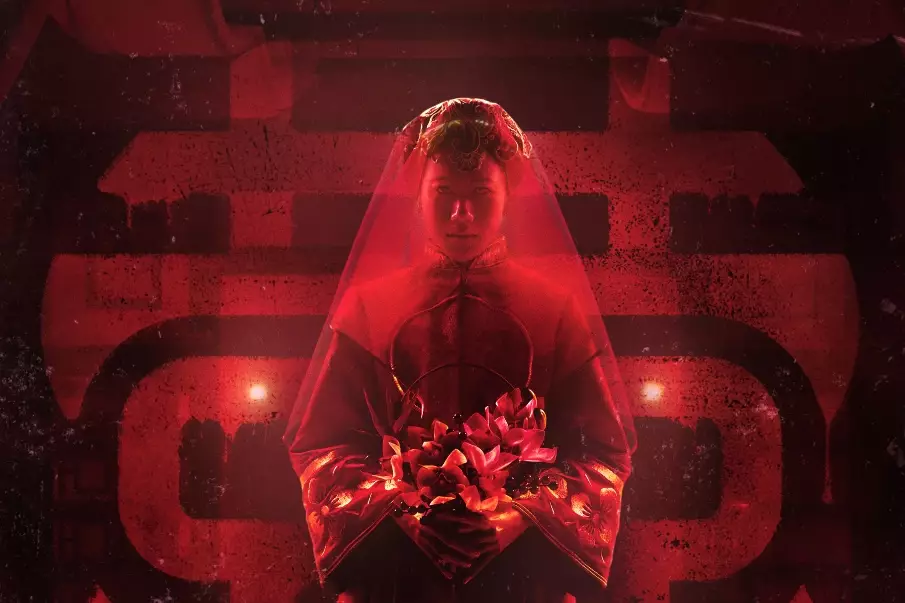The cinematic landscape is ever-evolving, and horror films are experiencing a severe renaissance in Southeast Asia, particularly in Indonesia and Vietnam. At the forefront of this thrilling movement is Mockingbird Pictures, a visionary company that is now venturing into international sales for a roster of groundbreaking horror films from these two vibrant markets. As highlighted during the recent Hong Kong Filmart—a significant hub for film sales—the rising trend of horror offers filmmakers a unique opportunity to explore the spine-chilling realms that local folklore and contemporary fears ignite. This rising tide of horror, intertwined with cultural narratives, underscores a pivotal moment for cinema enthusiasts and industry insiders alike.
The Allure of Indonesian Horror
The Indonesian film industry is quickly establishing its footprint in the horror genre, as evidenced by Mockingbird’s acquisition of the rights to *Sukma*, directed by the multifaceted talent Baim Wong. Wong’s previous project, *Lembayung*, which resonated with audiences and grossed over $4 million, sets a high benchmark for his new venture. *Sukma* revolves around a family entangled with an ancient mirror after relocating to a quiet town—an evocative premise that taps into fears borne from familial bonds and hidden histories.
But the Indonesian slate doesn’t stop there. Films like *The Butterfly House*, directed by Paul Agusta, depict couples grappling with supernatural occurrences, which resonates with audiences craving a blend of psychological depth and thrilling horror. Similarly, *The Damnation* explores the dire lengths a pregnant woman must go to, introducing viewers to the chilling dynamics of maternal instincts when faced with the spectral. These narratives are not merely tales of horror; they reflect deep-rooted cultural tensions, emotional struggles, and supernatural beliefs that characterize Indonesian society.
Vietnam’s Unique Spin on the Genre
Turning our gaze to Vietnam, we find an equally fervent curiosity for horror emerging alongside a politically rich cinema history. Mockingbird Pictures is handling sales for a diverse array of films, exemplifying the versatility of storytelling in Vietnamese cinema. Among the most anticipated is the sequel to *Betting With Ghost*, which captivated audiences and grossed over $5 million. The new installment promises an exciting journey across the Mekong Delta, blending adventure with ghostly elements, appealing not only to horror aficionados but also to those who enjoy tales of cultural richness.
The cinematic implementation of folklore is further explored in *Exorcist: The Blood Demon*—a film that taps into an urban legend that has circulated in Vietnam for ages. As this production makes its way through pre-production, audiences are keen to see how cultural narratives will be visually represented, evoking horror while respecting the rich tapestry of Vietnamese tradition.
Additionally, the romantic comedy *My Last Carnival* introduced by Bluebells Studio, though not strictly horror, hints at how genre-blending can refresh traditional storylines and keep audiences engaged. The unique intersections of comedy, folklore, and horror illustrate a deep understanding of audience expectations and personal fears, creating a film culture that is both entertaining and enlightening.
A Future Defined by Innovation
Mockingbird Pictures’ expansion into international sales is not only a venture into commercial growth; it represents a cultural exchange that can introduce global audiences to the rich storytelling traditions of Southeast Asia. In doing so, the company signals a commitment to innovating within the genre while staying rooted in cultural authenticity. This endeavor offers a glimpse into the future of storytelling in horror—an exploration of contemporary fears against the backdrop of rich, local traditions, demonstrating that horror films can serve as powerful vehicles for social commentary.
As the industry continues to grow, with films ready to enthrall audiences in 2025 and beyond, the combination of seasoned filmmakers and fresh talent signifies that the region is poised to redefine horror cinema. The confident strides made by Indonesia and Vietnam tell us one thing: the spookier, bloodcurdling tales are just beginning, inviting viewers to immerse themselves in worlds where terror and tradition intertwine. It’s an electrifying moment to witness, as Southeast Asian horror carves a niche that could dramatically shift the global cinematic discourse.

